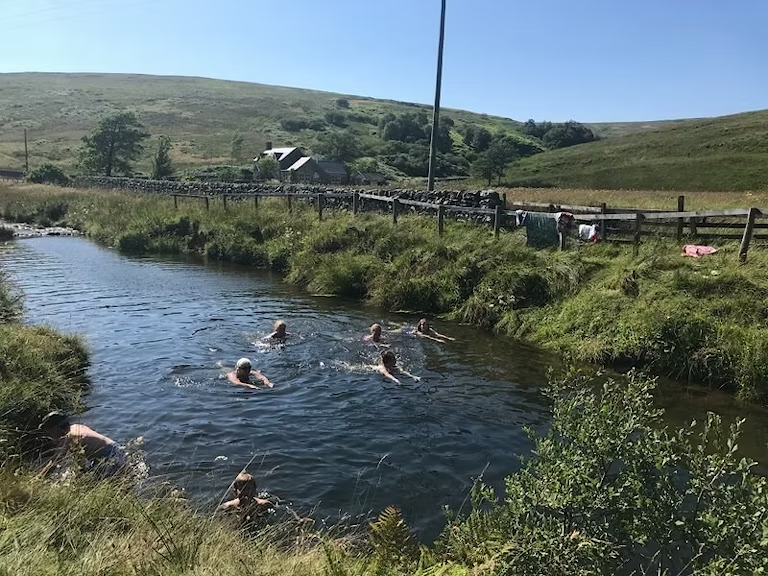Examples of rewilding
Rewilding is a journey, where change happens at nature’s pace and unfolds over years, decades and even centuries. It exists on a spectrum, where people are starting to make changes that will benefit nature at one end, and large-scale functioning ecosystems — a flourishing of wild nature on its own terms — sits at the other.
There are some notable pioneering projects putting elements of rewilding into practice across Britain. Some, such as Carrifran and Creag Meagaidh in Scotland, have been going for years. Others, such as Sheepdrove Organic Farm and Wild Ken Hill in England, are just beginning. Many are members of the Rewilding Network. Discover more and find out who’s doing what on our Rewilding Projects page.
Examples of rewilding include:
- Protecting, expanding and connecting ancient woodlands to enable a diverse range of wildlife to establish and disperse, and increasing carbon storage
- Reducing high populations of grazing animals to help trees and other vegetation grow
- Removing fishing pressure and creating proper marine protection to stop dredging and bottom trawling so that sea life can recover and flourish
- Restoring wetlands and introducing beavers to boost biodiversity, store carbon and help flood prevention
- Bringing back missing species to plug crucial gaps in the ecosystem, and re-forge key relationships between species (for example, between predators and prey and scavengers)
- Restoring key marine ecosystems such as kelp forest, seagrass and oyster beds to boost biodiversity, suck in carbon and get natural processes working
- Removing dams so that fish can move freely and the forces of erosions and deposition are allowed to re-establish themselves
- Reconnecting rivers with floodplains, restoring their natural course to slow the flow, easing flooding and creating habitats for fish and other aquatic and wetland wildlife
- Connecting up habitats and providing wildlife bridges so wildlife can move and disperse naturally, helping them adapt to climate change and build resilience.
- Setting aside large areas for nature so that nature can truly evolve on its own terms, maximising biodiversity, carbon storage and essential eco benefits
- Creating a wildlife-friendly garden and helping wildlife move through it to help nature on a smaller scale
Learn more about examples of rewilding
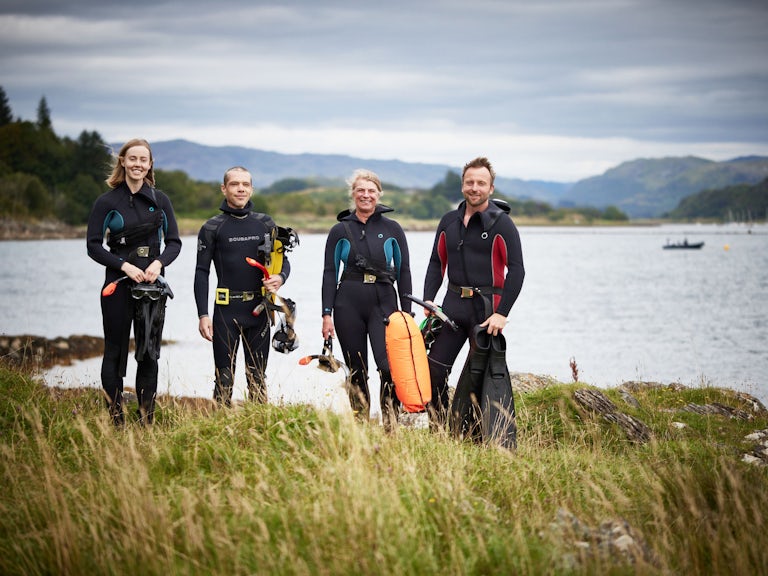
Marine rewilding
How rewilding the sea through sustainable marine rewilding actions can restore life, both underwater and on land.
Find out more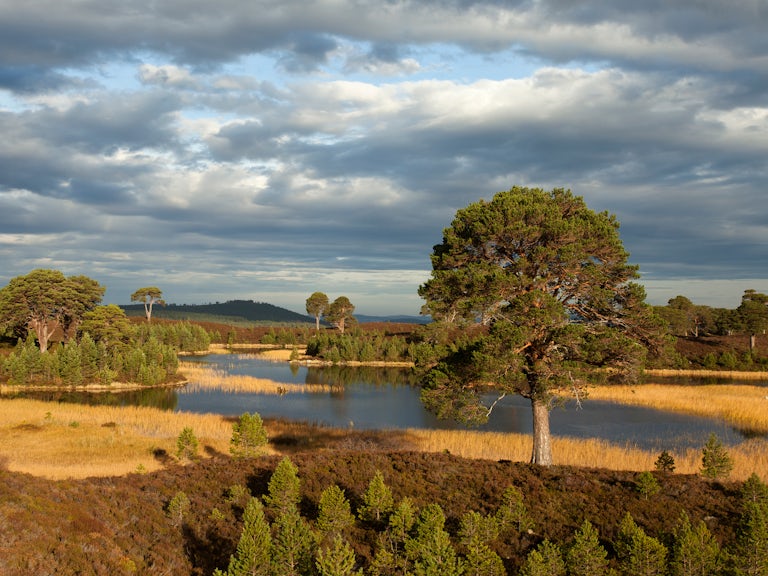
Trees, woodland and rewilding
How expanding and connecting woodlands supports biodiversity.
Find out more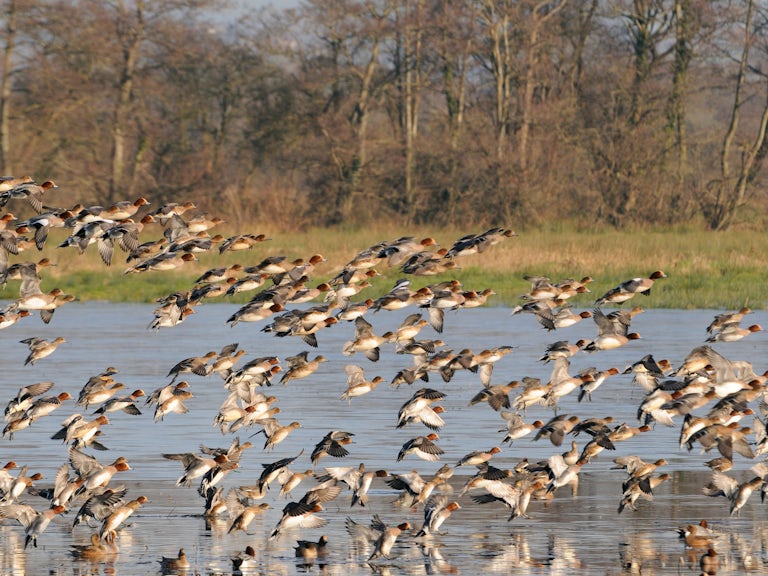
Restoring wetlands
How we can restore some of the most ecologically abundant places on Earth.
Find out more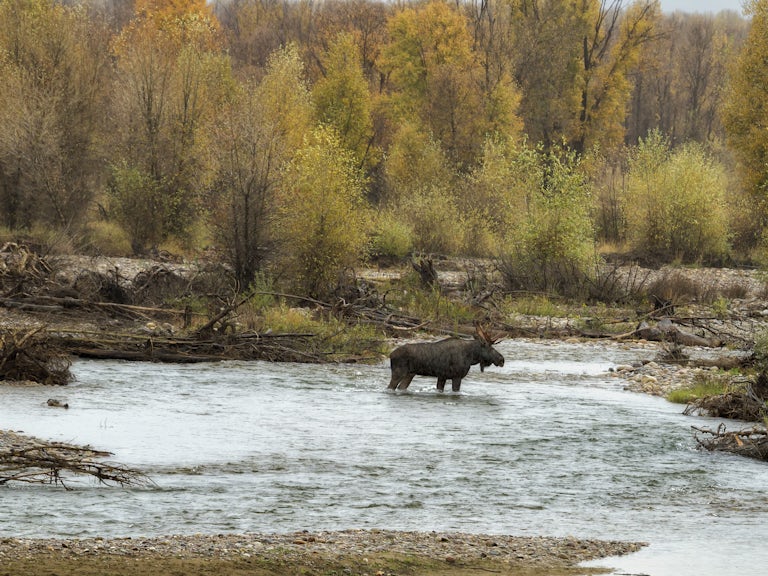
Reintroductions and key species
How bringing back native species can be key to rewilding.
Find out more
Wilder National Parks
Discover a future where national parks are teeming with wildlife, where healthy ecosystems help absorb carbon and control flooding and local people thrive.
Find out more